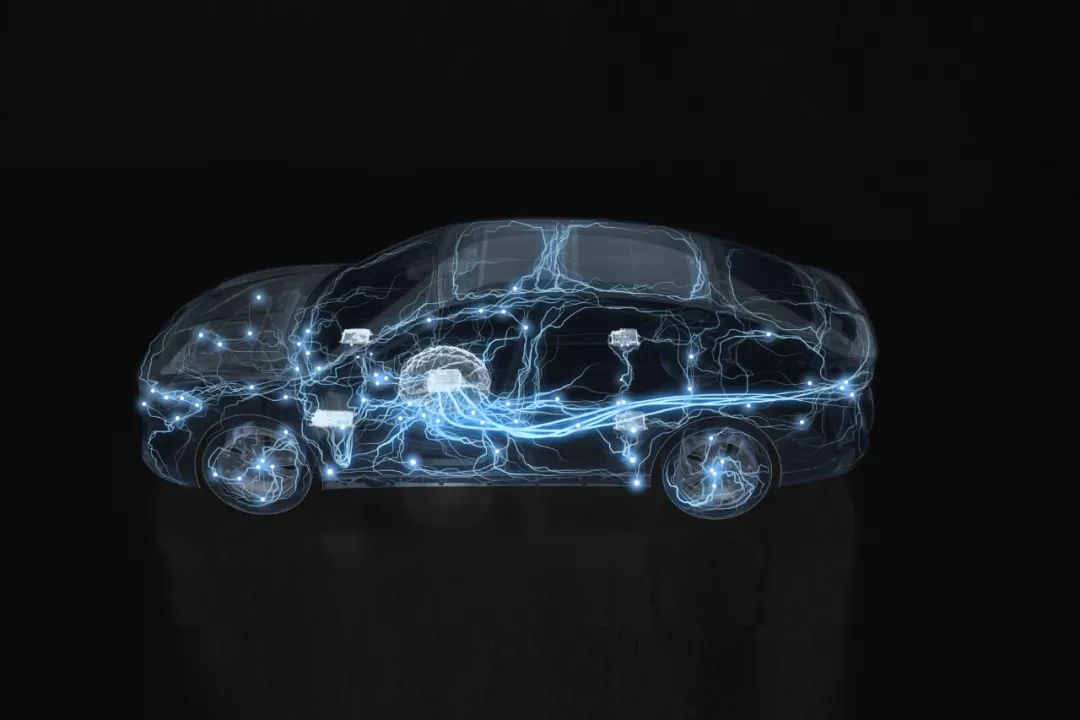Author: CH_Chen
Hardware determines the upper limit, software determines the lower limit.
As we enter the era of smart cars, the concept of “software-defined vehicles” is widely mentioned by many manufacturers.
The so-called “software-defined vehicle”, in simple terms, means that the value, differentiation, and competitiveness of a car will be reflected more by software.
The resulting change is that the updating and upgrading of cars will also shift from traditional hardware-driven to software-driven.
A good example is Tesla’s Model S and Model X, the former of which was released in 2012 and has been around for more than 10 years, while the latter was released in 2015 and has been around for 7 years.
However, over these years, their exterior design has hardly changed, and although their mechanical architecture has been continuously upgraded and adjusted, there has been no obvious break in generational upgrades.
On the other hand, the upgrade of software architecture can be used to distinguish between generations.
This is undoubtedly a subversion for the automotive industry. To meet the needs of the new era of “software-defined vehicles,” traditional manufacturing platforms and architectures naturally need to be upgraded and updated.
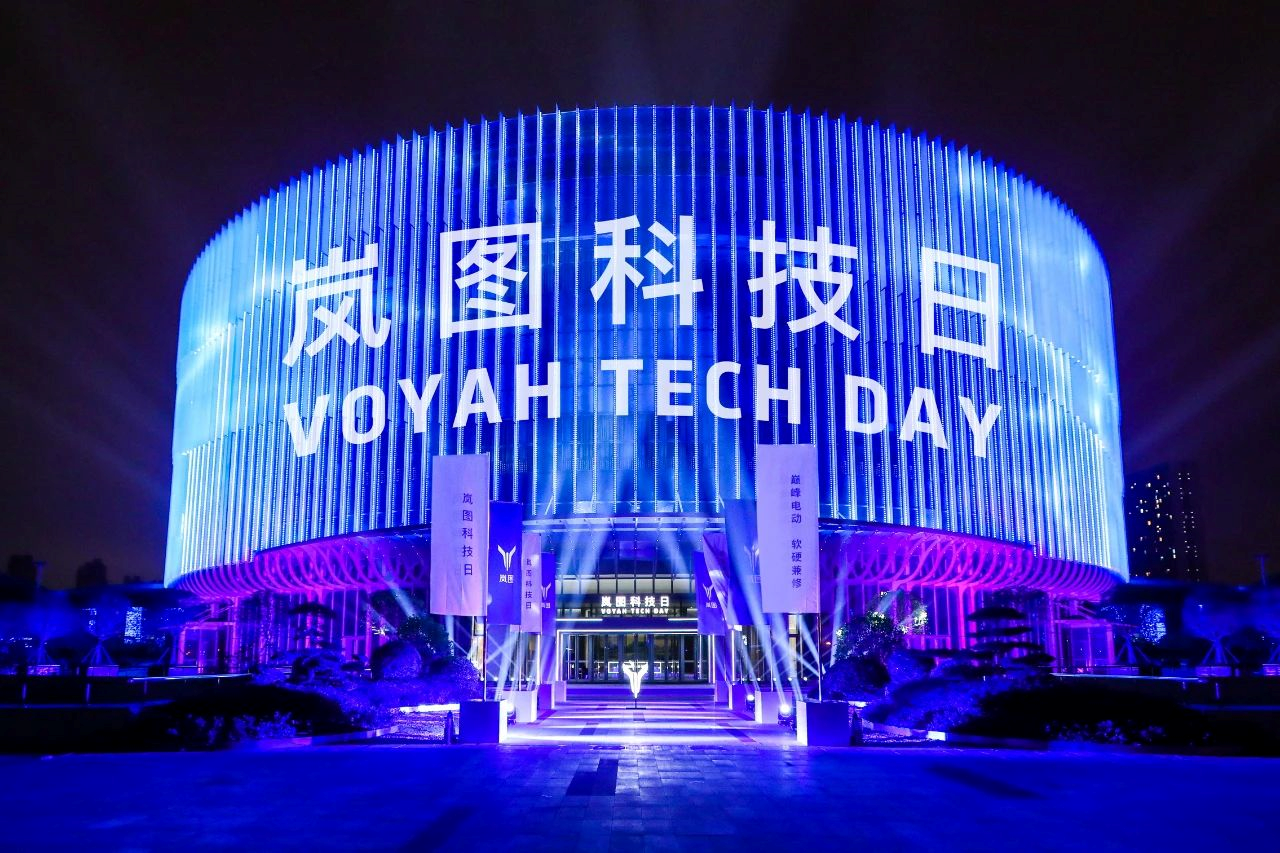
Domestic automakers, especially new ones, are undoubtedly leading the industry in this regard.
New carmakers without traditional baggage have a natural advantage in promoting new platforms and architectures. They move faster and are more daring.
Some time ago, Voyah held the first Technology Day event and officially released the ESSA+SOA intelligent electric bionic body, announcing that it will be launched for the first time on the new mid-to-large sedan, Voyah Zui Guang Shang, in December.
ESSA refers to the ESSA-native smart electric architecture, which belongs to the mechanical hardware architecture. The company’s two previous products, FREE and Dream Maker, were both based on this architecture.
SOA, on the other hand, refers to the centralized SOA electronic and electrical architecture. It is the brand new software architecture launched during the Technology Day and is touted as “the most advanced “software-defined vehicle” architecture in China.”
The two, like the trunk and nervous system, together form the ESSA+SOA intelligent electric bionic body. According to official introduction, the ESSA+SOA intelligent electric bionic body has four features: forward-looking development, software and hardware repair, industry-leading, and ultimate performance.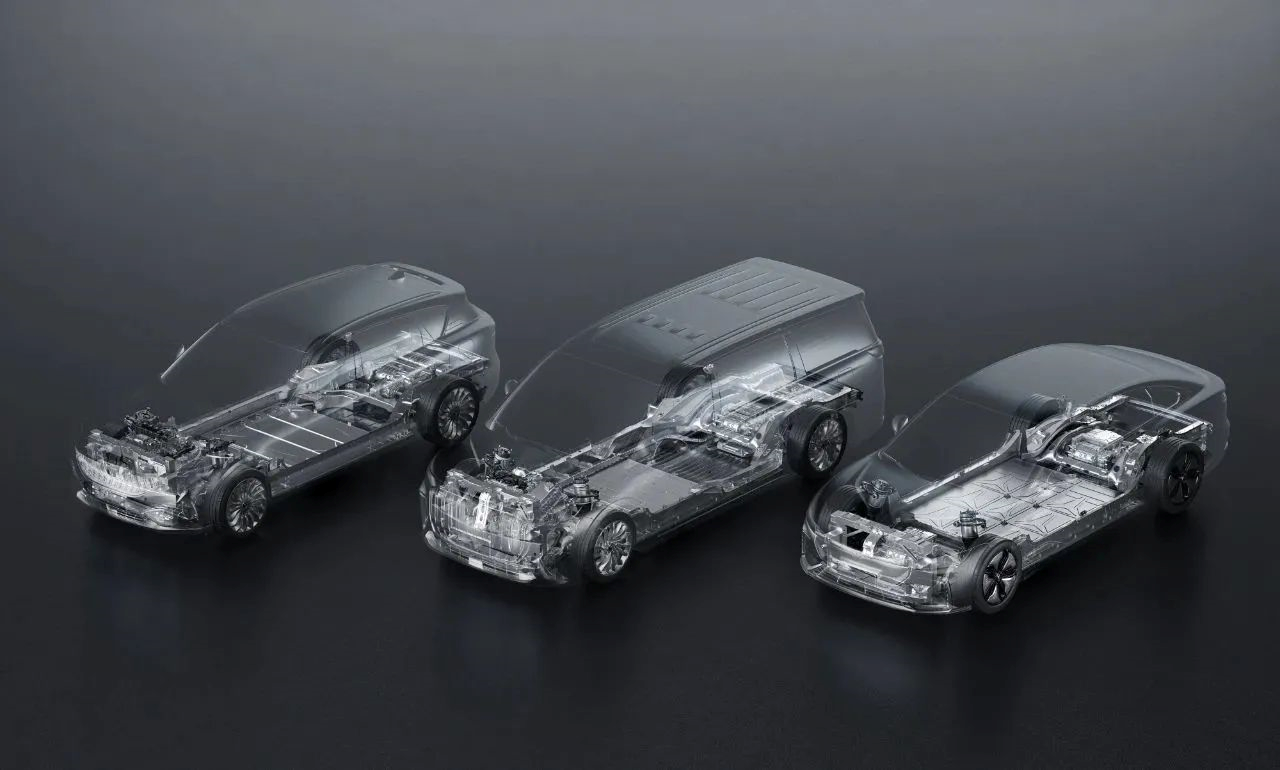
You should be quite familiar with the ESSA native intelligent electric powertrain architecture of Voyah which is developed independently with complete proprietary intellectual property as part of Voyah’s forward autonomous development. The mechanical qualities of two car models based on this architecture have received positive comments previously, especially the ESSA native intelligent electric powertrain architecture of Voyah left a deep impression in terms of driving control, chassis and safety.
Voyah FREE’s air suspension texture and Voyah Dreamer with 5-meter-3 car length both brought us surprises in terms of driving affinity. The safety of Voyah Dreamer is raised to an unprecedented level with its 3 original body technologies – the TRB+Patch composite structure formed and heat-treated A pillar, the 2000MPa aluminum-silicon coating material in the car door impact beam and the integrated heat-formed laser door ring.
In the future, the ESSA native intelligent electric powertrain architecture will also explore cutting-edge technologies such as solid-state batteries, hydrogen power, and 800V high-voltage platforms, and gradually apply new technologies to new car models in order to further enhance the hardware competitiveness of car models.
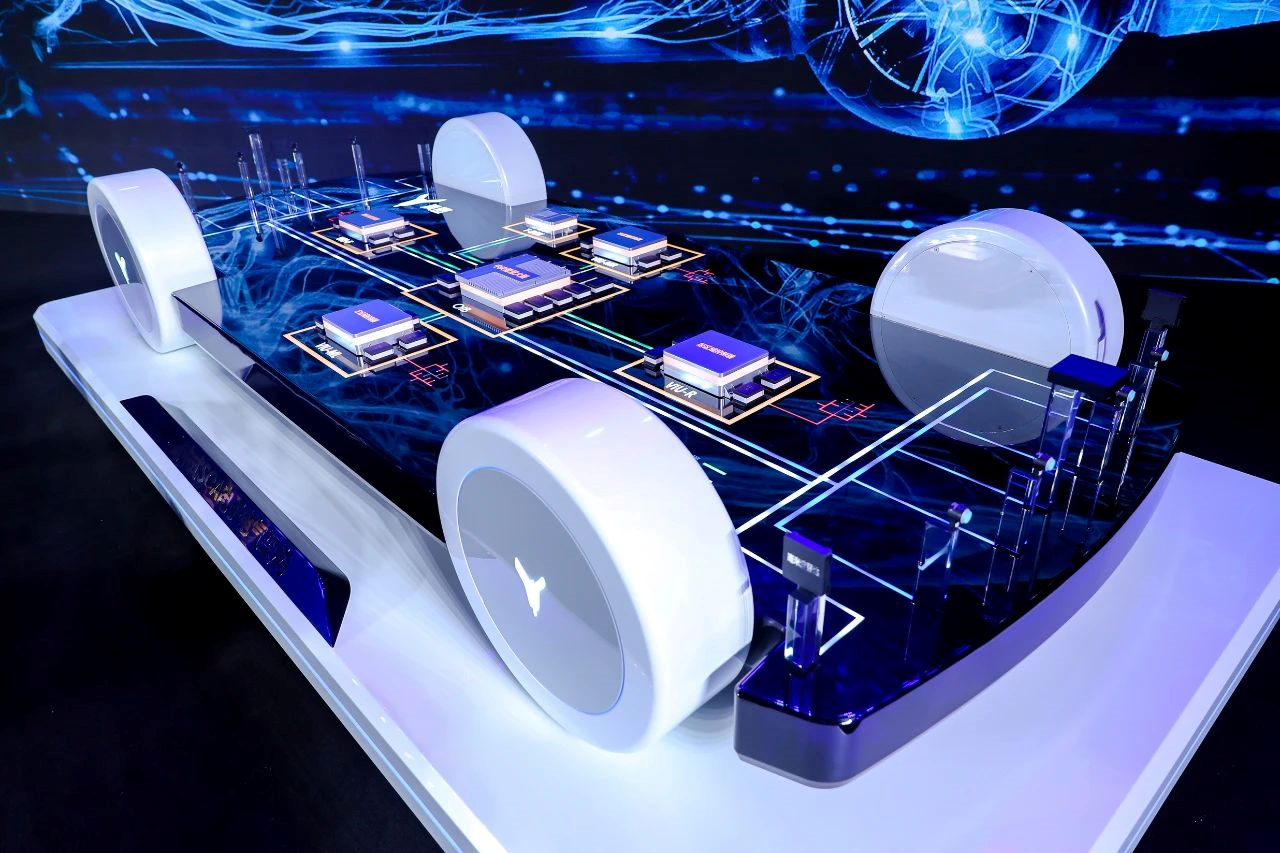
Of course, the highlight of this Technology Day is the debut of the central centralized SOA electronic and electrical architecture for the first time.
Starting from user scenarios, it can satisfy the diverse and changing user needs through upgrading whole vehicle functions through software and hardware, and brings advanced intelligent driving experiences to users.
According to the introduction, SOA electronic and electrical architecture has four advantages: efficient hub, agile system, intelligent interconnection, and open co-creation. It has obtained 71 invention patents and 22 breakthrough core technologies. The concept and technology of central centralized SOA electronic and electrical architecture can meet the technology requirements for the next five years and lead the industry for at least three years.
As we can see, Voyah is full of technical confidence in its SOA electronic and electrical architecture. Where does their confidence come from?
To answer this, we interviewed Voyah’s CTO Wang Junjun and Voyah’s Vice President of Marketing Liu Zhanshu in a Q&A format, and through this, we can better understand the technical strength of this brand-new electronic and electrical architecture.“`
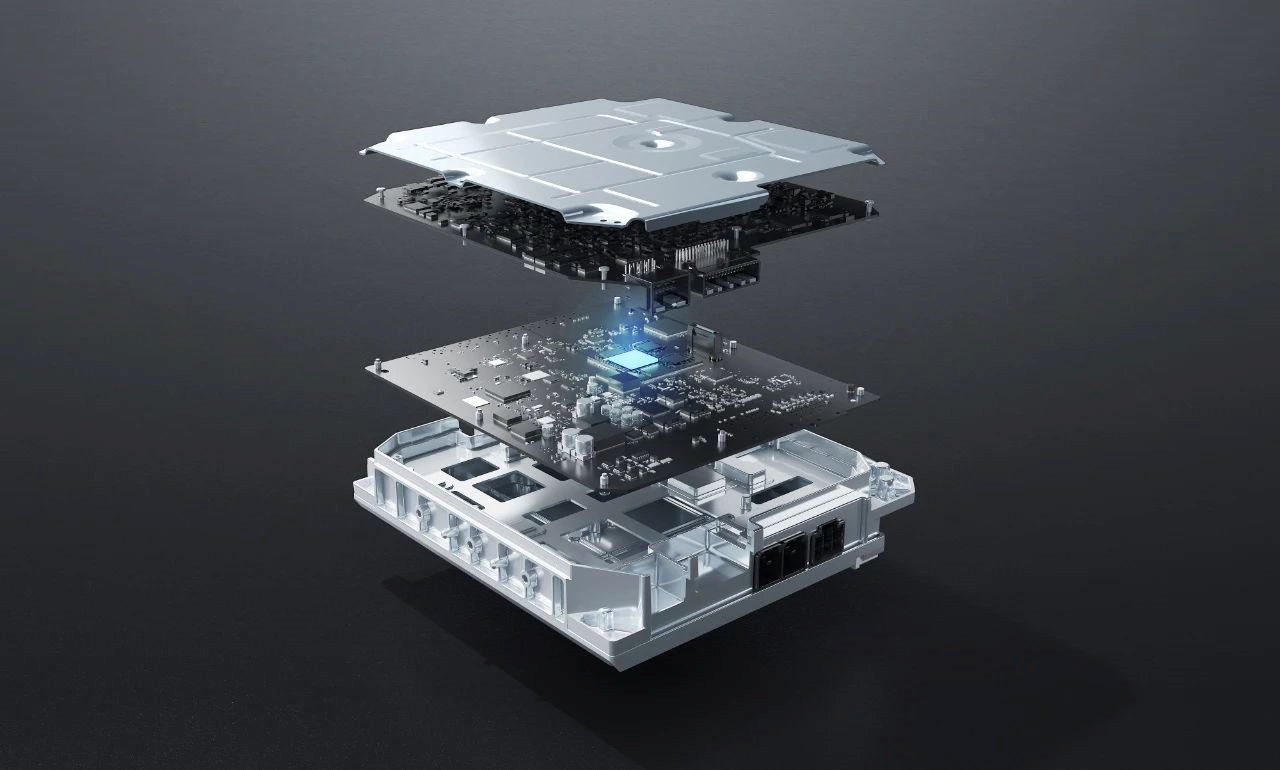
Below is the transcript of this interview, with some deletions and additions according to the written expression needs.
Question 1: Voyah claims that the central SOA electronic/electrical architecture is the most advanced “software-defined car” architecture in China. What are the actual scenarios of software-defined cars landing? What kind of experience can users have?
Wang Junjun: When it comes to software-defined cars, the real meaning is to enable vehicle functions to be implemented through software. Currently, Voyah’s models have more than 1,500 functions. If it were a traditional car, these functions would be mainly implemented through hardware, while Voyah’s SOA electronic/electrical architecture is implemented through software.
Faced with the ever-increasing functional requirements of vehicles, the major problem for traditional models is that we used to control vehicles through various controllers, and we have nearly 100 controllers for a whole vehicle, involving nearly 50 suppliers. If we want to bring more functions to customers, then this number will continue to increase. On this basis, we need to coordinate multiple suppliers to jointly develop and implement vehicle functions, which will increase time and resource consumption exponentially.
The difficulty of Voyah’s SOA electronic/electrical architecture lies in integrating 14 controllers into one OIB. We hope to define functions based on scenarios, especially to quickly meet new functional requirements of users. We need to develop the operating system independently and quickly meet users’ needs.
At the press conference, we shared Voyah’s SOA electronic/electrical architecture. On this architecture, we open all the functional interfaces of various systems to the outside, so that all users and developers can develop more functions and services more conveniently.
For example, if today is your lover’s birthday, you can enter our software on your phone or tablet and customize the cabin atmosphere, such as ambient lights, odors, music, and screen pictures based on our service to present a very romantic scene to your lover, which shows a very good effect in the car.
In addition, for example, in the World Cup mode, you can set up a World Cup match scene for the vehicle, and you can also upload the scenes you make to the developer platform. Other users can download your set scenes on the developer platform. If the application is very large, a paid model can also be adopted to allow more developers and users to participate.
“`Liu Zhanshu: A quick supplement to what has been mentioned, the LanTu ZhuiGuang system is built based on a SOA architecture. I tried some of its functions the other day and we have already designed many intriguing modes, such as the nap mode and fatigue reduction mode. I tried the nap mode by myself and it was great to be able to lie down comfortably with just one click in the car.
Question 2: What are the core advantages of the central SOA electrical architecture and what different user experiences can be enjoyed by using this architecture in LanTu as compared to traditional architectures?
Wang Junjun: The core advantage of LanTu’s SOA electrical architecture is the Central Controller OIB, which integrates the entire vehicle’s power, intelligent driving, vehicle control, and intelligent cockpit into one controller, a pioneering effort in the industry.
It brings about significant benefits. First, the vehicle wire harness is greatly reduced, which reduces the cost of signal communication and coordination and provides customers with a faster and smoother experience. Second, it allows for faster iterations. Previously, we used a domain controller which made it difficult as software was distributed across different systems. Now that everything is centralized within the OIB, software systems can be integrated and updated more quickly, thereby enhancing customer-facing services more rapidly.
At the same time, after developing the OIB, we also provide an agile system that offers more than 300 interfaces for developers, increasing to 600 in the future, to meet the different needs of different customers. Customers can also function as developers and join the entire system to upgrade and continuously iterate the smart ecosystem, sharing its benefits.
Finally, the security of our SOA electrical architecture is a significant feature, offering excellent protection in terms of privacy and functional safety.
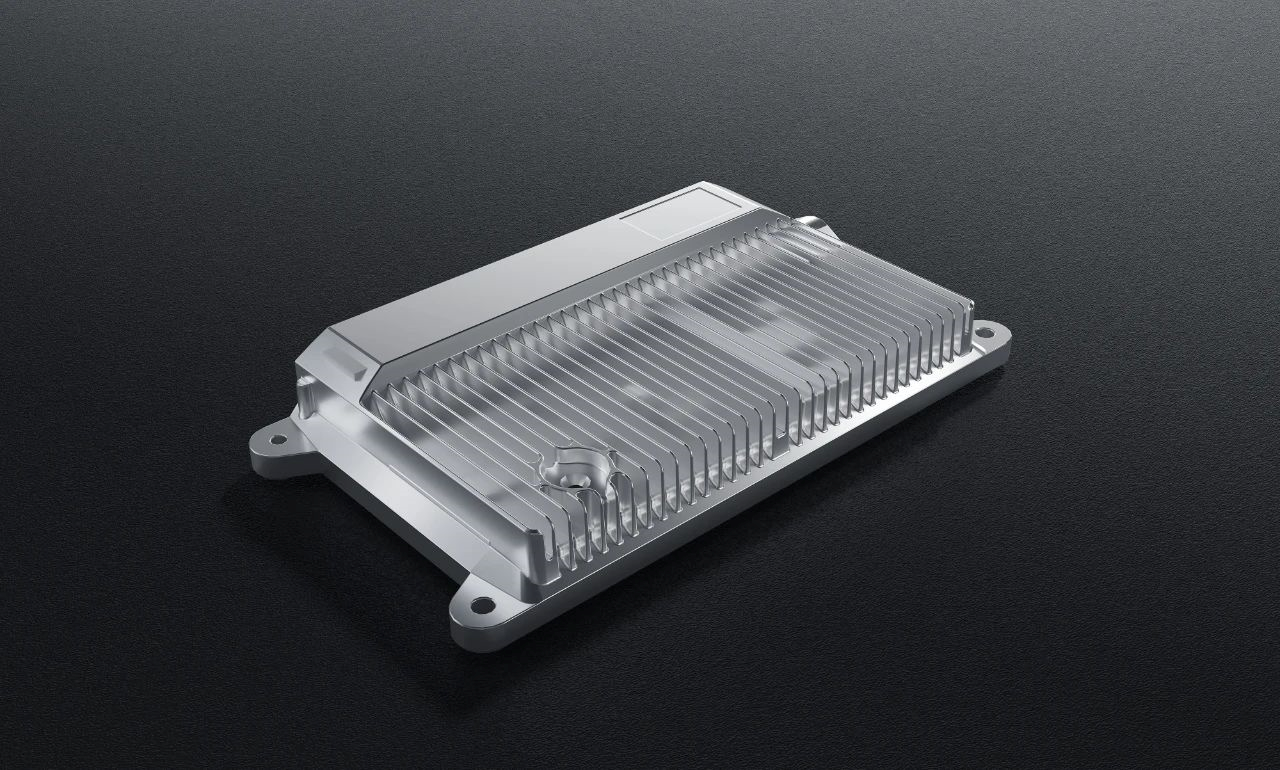
Question 3: What are the benefits of the 4 VIU zone controllers used in the electrical architecture of LanTu?
Wang Junjun: We have a total of 4 VIU zone controllers that integrate the traditional 21 controls found in cars. (The SOA electrical architecture integrates the entire vehicle’s functions into 4 VIU controllers – front, rear, left, and right – and is managed by the OIB, with core systems and chips physically integrated in a combined manner.)
First, it brings lower maintenance cost to the users.
Second, each VIU has 10 driver interfaces, which can drive actuators up to 300W. This means that we can extend more external devices, such as myoelectricity and brain-machine interfaces, to achieve better expansion and connection.
Third, 4 VIUs can monitor the vehicle status in real time. For example, many vehicles will have problems with power consumption or battery depletion. Our VIUs can monitor all problems of the vehicle in real time, reduce power consumption and greatly improve the mileage of customers.
Question 4: How does the Voyah onboard system ensure user information security?
Wang Junjun: Voyah has always put safety first. Safety is not only structural safety, but also includes information security and privacy security. Absolute safety is the unremitting pursuit of Voyah.
In terms of information security, Voyah’s SOA electronic and electrical architecture adopts dual security components:
First, we use an onboard firewall to allow certain applications to be isolated.
Second, we use a trusted execution environment to secure the intelligent cabin and vehicle control, power, and intelligent driving. The intelligent cabin is in an open environment, providing more applications for users. At the same time, the vehicle control, power and intelligent driving are in a relatively safe environment, preventing malicious attempts to take control of the vehicle.
In terms of privacy security, although we use many cameras and sound collection devices, all private information of users is subject to desensitization and transmitted using national cryptographic protocols, so that users’ privacy is protected.
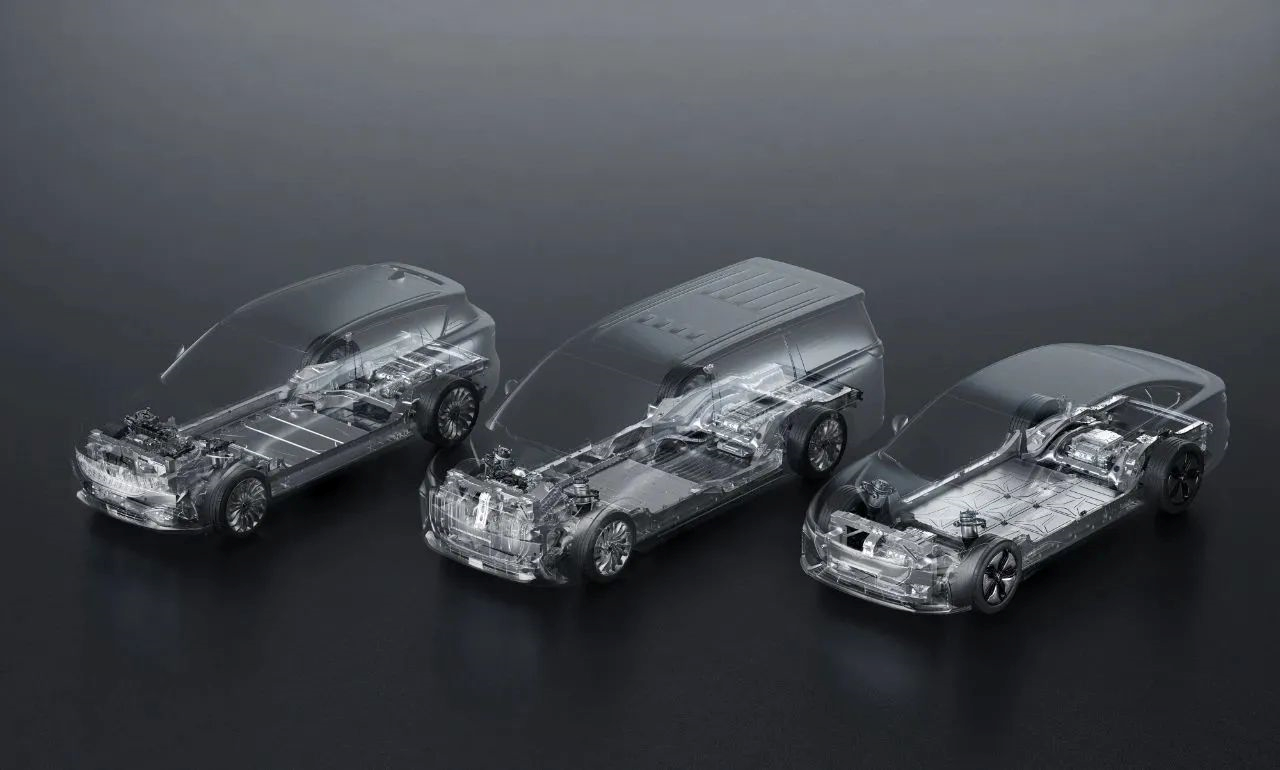
Question 5: What are the benefits of Voyah’s SOA electronic and electrical architecture’s reservation of 300 signal interfaces?
Wang Junjun: First of all, these reserved interfaces allow third-party customization development. In traditional vehicle models, if customized development is required, the entire signal matrix needs to be changed. However, with the adoption of SOA electronic and electrical architecture, customers only need to call our services to achieve all functions.
Second, the 300+ interfaces will integrate all services with the developer platform, realizing a personalized experience like developing apps on a smartphone, and bringing thousands of experiences to users.### Translation
Third, developing software on the platform is very convenient with an easy-to-use interface. Users can develop adaptive in-car applications and micro-applications in a building-block fashion. Keep your eyes peeled for more!
Question 6: How will the LanTu developer platform build a software development and hardware expansion ecology? What usage scenarios can it provide for users?
Wang Junjun: LanTu’s SOA electronic and electrical architecture has a collaborative advantage in development. We now focus on the developer platform, with users, developers, and hardware suppliers at its core.
LanTu’s developer platform provides convenience for software and hardware developers, offers more possibilities for vehicle expansion, and builds LanTu’s ecology together to achieve a closed loop.
For example, our developer platform offers software simulators, API interfaces, and application tutorials to developers. With these tools, we can maximize the help for users to develop micro-applications and provide convenient development conditions.
At the same time, we will cooperate with relevant third-party hardware suppliers in the entire hardware development interface, such as VR glasses, brain-computer interfaces, and myoelectric wristbands, to provide interfaces for seamless connection of devices and vehicles, realizing the maximum ecological function.
Question 7: Many smart cars now have very good smart hardware, but intelligence does not rely solely on hardware. How do you view this issue?
Wang Junjun: In my opinion, in many cases, the hardware is not the only factor. The core of intelligent products is experience. We see many competing cars with high hardware configurations but very ordinary user experiences. However, some cars have fewer hardware but much better user experiences.
A car that provides an excellent user experience needs to first meet the actual needs of users and require designs according to the definition of user experience, with its core meaning being whether the vehicle can satisfy users. I think we should not simply pile up hardware but first consider user experience, which drives product design.
Liu Zhanshu: I think a supplement to this question would be helpful to explain my understanding. First, we must look at the matching relationship between the hardware layer, system layer, and application layer. If this matching is poor, even if the hardware is stacked high, it may not bring about a good experience. The second point is to look at algorithm logic. The third is rational design.
Question 8: How much work is involved in building an SOA architecture and developing software? How can software iteration speed be guaranteed in the future?Wang Junjun: We spent 2-3 years developing the centralized SOA electronic and electrical architecture, but after the official launch of the SOA electronic and electrical architecture, the coordination workload of the vehicle’s electronic and electrical aspects will be greatly reduced. The focus of further development work will be on internal R&D, focusing on software development, and accelerating software development and iterations.
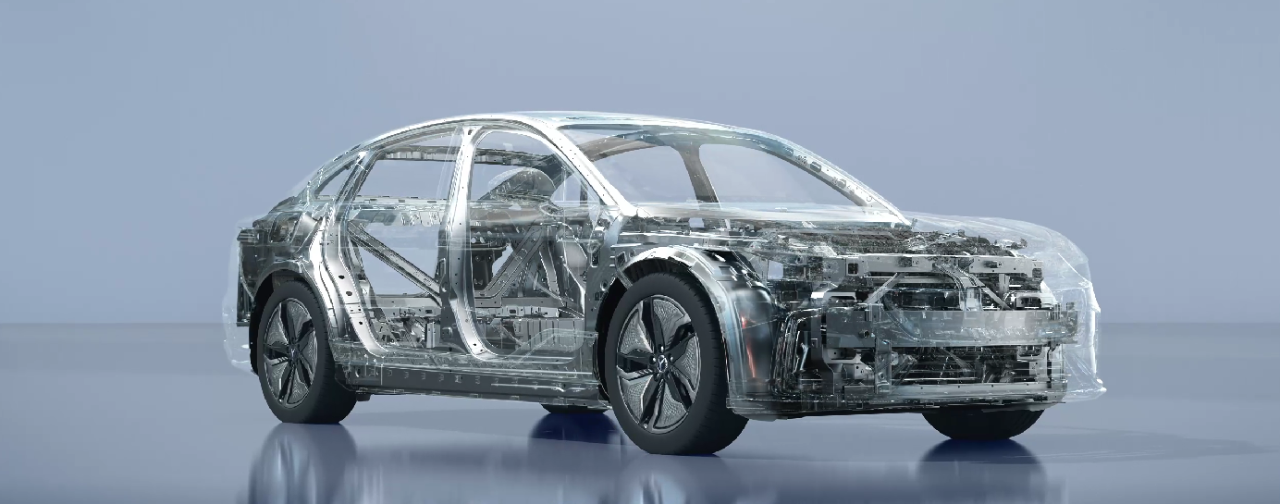
Through the above interview transcript, we can better understand the advantages of Voyah’s SOA electronic and electrical architecture, which includes high efficiency center, agile system, intelligent interconnection, and open collaboration.
Of course, what is learned on paper is shallow. Today is already the last day of November 2022, and the day when Voyah’s new model chasing the light is unveiled is getting closer and closer. Soon, we will know the user experience this confident SOA electronic and electrical architecture from Voyah will bring to this new model.
For more information about Voyah Chasing the Light’s new car, please stay tuned to our follow-up reports.
This article is a translation by ChatGPT of a Chinese report from 42HOW. If you have any questions about it, please email bd@42how.com.
